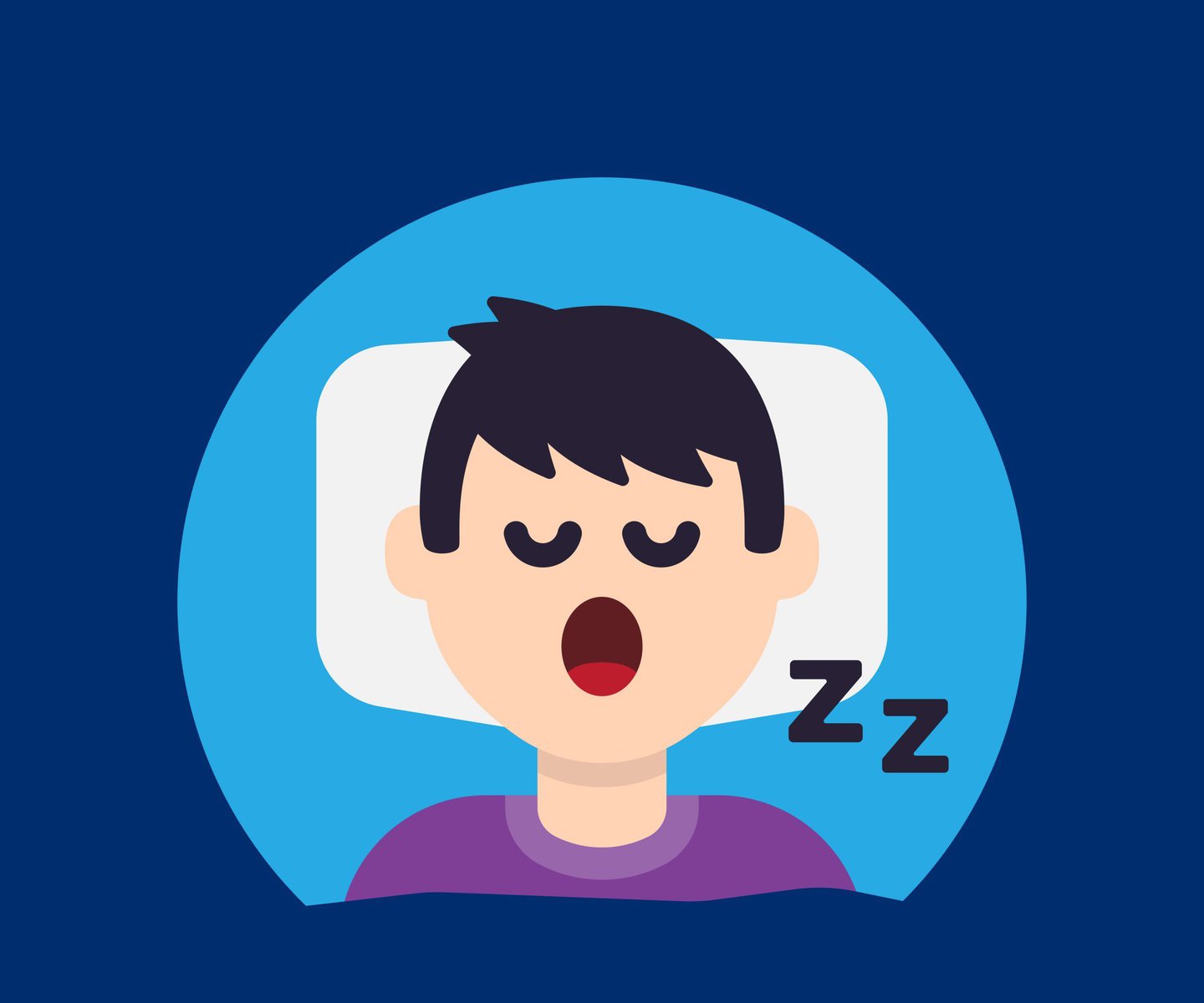Snoring is a common phenomenon caused by the vibration of the soft tissue of the upper airway during sleep. Snoring is a source of noise pollution that can not only degrade sleep quality for partners but can also be an indicator of Obstructive Sleep Apnea (OSA) for those who snore (1).
Both noise exposure and OSA are known risk factors for adverse health events. Studies have shown that snoring and OSA are recognized risk factors for cardiovascular diseases, such as resistant hypertension, atrial fibrillation, and heart failure (2). In addition, snoring and OSA are risk factors for neurological disorders such as depression, dementia and stroke (3), while there is strong evidence for an association of snoring with metabolic syndrome and its five main components: hypertension, hyperglycemia, decreased HDL cholesterol, high triglyceride levels and abdominal obesity (3,4,5).
Similarly, noise pollution due to snoring above 53 dB(A) has been associated with adverse cardiovascular events in individuals exposed to it over the long term (6).
Snoring Symptoms
The main symptoms of snoring are:
- A vibrating sound coming from the throat or nose that can be very loud or low.
- Waking up with a choking or breathless feeling.
- Waking up with a sore throat and/or dry throat.
- Morning headaches.
- Excessive daytime sleepiness.
- Restless sleep.
Snoring Diagnosis
Snoring is usually first diagnosed by your bed partner. If your partner has told you that you snore then you should consult your doctor. Your doctor will ask you about:
- Your sleep habits.
- Duration of your sleep.
- Whether you wake up during the night.
- Whether you feel sleepy during the day.
Your doctor will also want to know if you are experiencing emotional problems or taking medications that may be interfering with your sleep. If you answer yes to these questions, your doctor will recommend that you undergo a sleep study to determine if you suffer from Sleep Apnea Syndrome.
If you have already visited your doctor and he has recommended a sleep study, you can make an appointment by clicking HERE.
Bibliography
1. Mudiaga Sowho, Francis Sgambati, Michelle Guzman, Hartmut Schneider and Alan Schwartz,SLEEPJ, 2020, 1–9
2. Sorensen M, et al, PLoS One. 2012;7(6):e39283.
3. Babisch W, et al. Arch Environ Health. 1999;54(3):210–216.
4. Ohayon MM, et al., BMJ. 1997;314(7084):860–863.
5. Stoohs RA, et al., Eur Respir J. 1998;11(2):451–457.
6. Young T, et al., N Engl J Med. 1993;328(17):1230–1235.
7. Hoffstein V., et al., Acta Otorhinolaryngol Belg. 2002 Jul;56(2):205-36.
8. Maimon N, Hanly PJ, et al., Clin Sleep Med. 2010 Oct;6(5):475-8.

